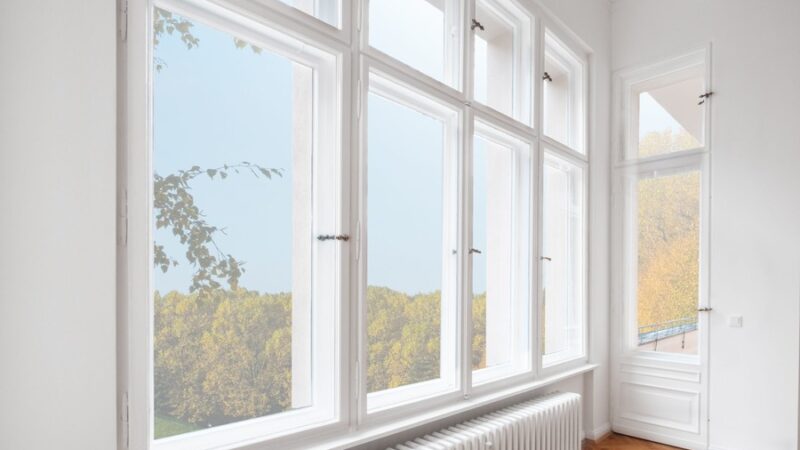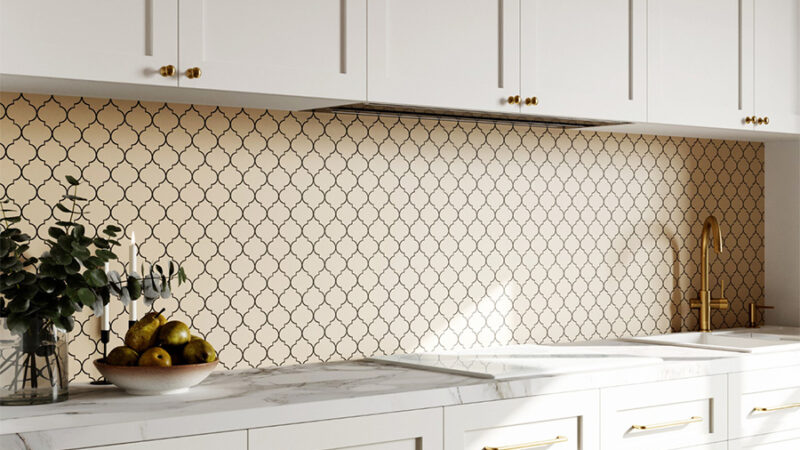In the process of green living and tech efficiency to be achieved, the adoption of new technologies and innovations becomes necessary. HRVs are represented as a new style of indoor air-breathing quality with less energy usage. The HRV is mechanically a compact ventilation unit that recovers heat from outgoing stale air to precondition incoming fresh air, reducing the need for heating & cooling. In this article, we shall look at their use and application.
One of the essential applications of HRVs is in the increasing of the air quality of indoor places. A closed space of a building can block pollution and moisture indoors, which both will cause health problems and unpleasantness.
HRVs eliminate the problem by recycling fresh air while often expelling stale and moist air, hence the result is that all of the pollutants are diluted and the right humidity is maintained. While purchasing HRVs one must always go for trusted units such as the prana recuperator by a reputable brand ecostream.
Moreover, HRVs are key to energy conservation because of the efficiency of the heating that they provide. In traditional ventilation systems, the artificial air is unselectively discarded, leading to prodigious energy waste. Contrary to HRV, the heat energy from the outgoing air is harnessed here and the air is then transferred back resulting in a significant reduction of the heating and cooling system’s inputs.
HVAC systems efficiency is greatly improved in ways such as recovering heat that would usually be lost to the outdoors. These systems come in a variety of sizes, multi-family dwellings, single-family homes, and other spaces will be able to meet the different needs of their inhabitants. Saving energy in winter is achieved by HRVs tempering the outside air that is intruded with the internal heat temperature from exhaust air.
In commercial and institutional settings HRVs are unavoidable in ensuring favorable indoor air quality in locations with a high concentration of people which may include offices, schools, and health facilities. By constantly bringing outside air into the indoor environment without actually wasting energy, HRV systems aim to maintain a better and more productive environment for the building occupants.
Final Overview
HRVs constitute one of the most attractive alternatives for sustainable building functioning through the development of a range of management procedures for air quality and energy usage. In an effort of the world to begin cleaning up and saving energy, the implementation of HRVs in building construction represents a relevant solution toward the development of healthier and greener built environments for both our generation and succeeding ones.







